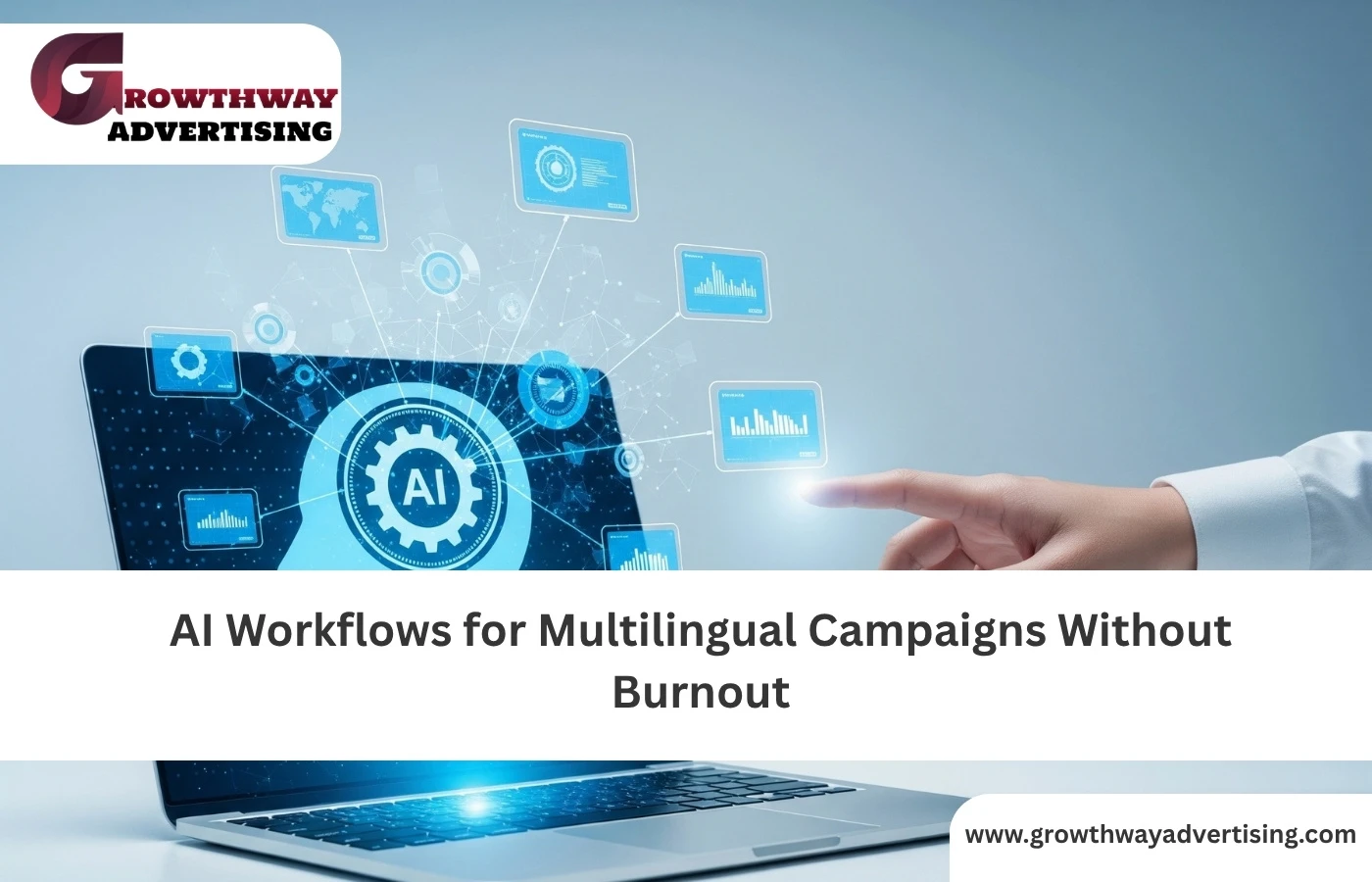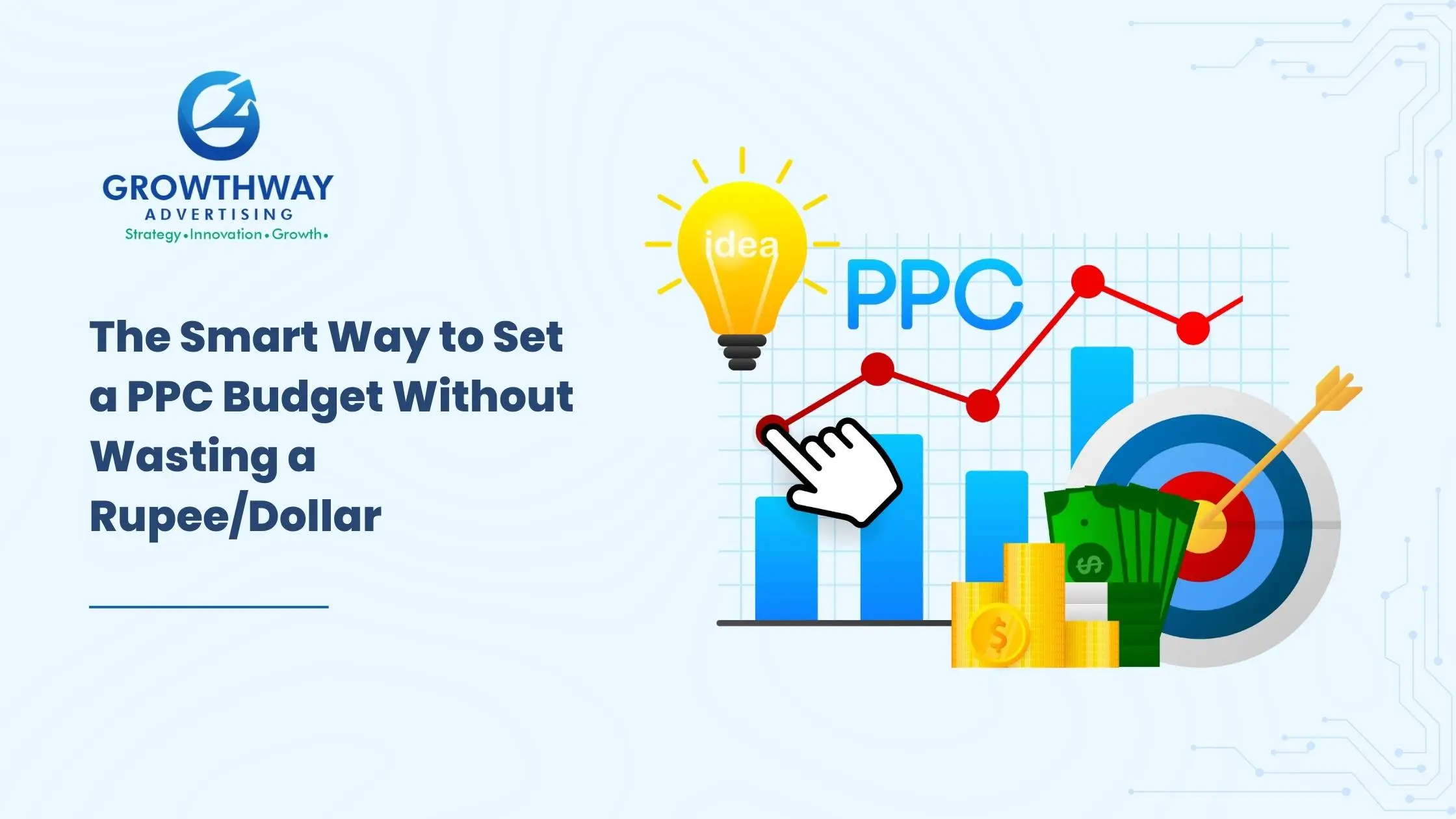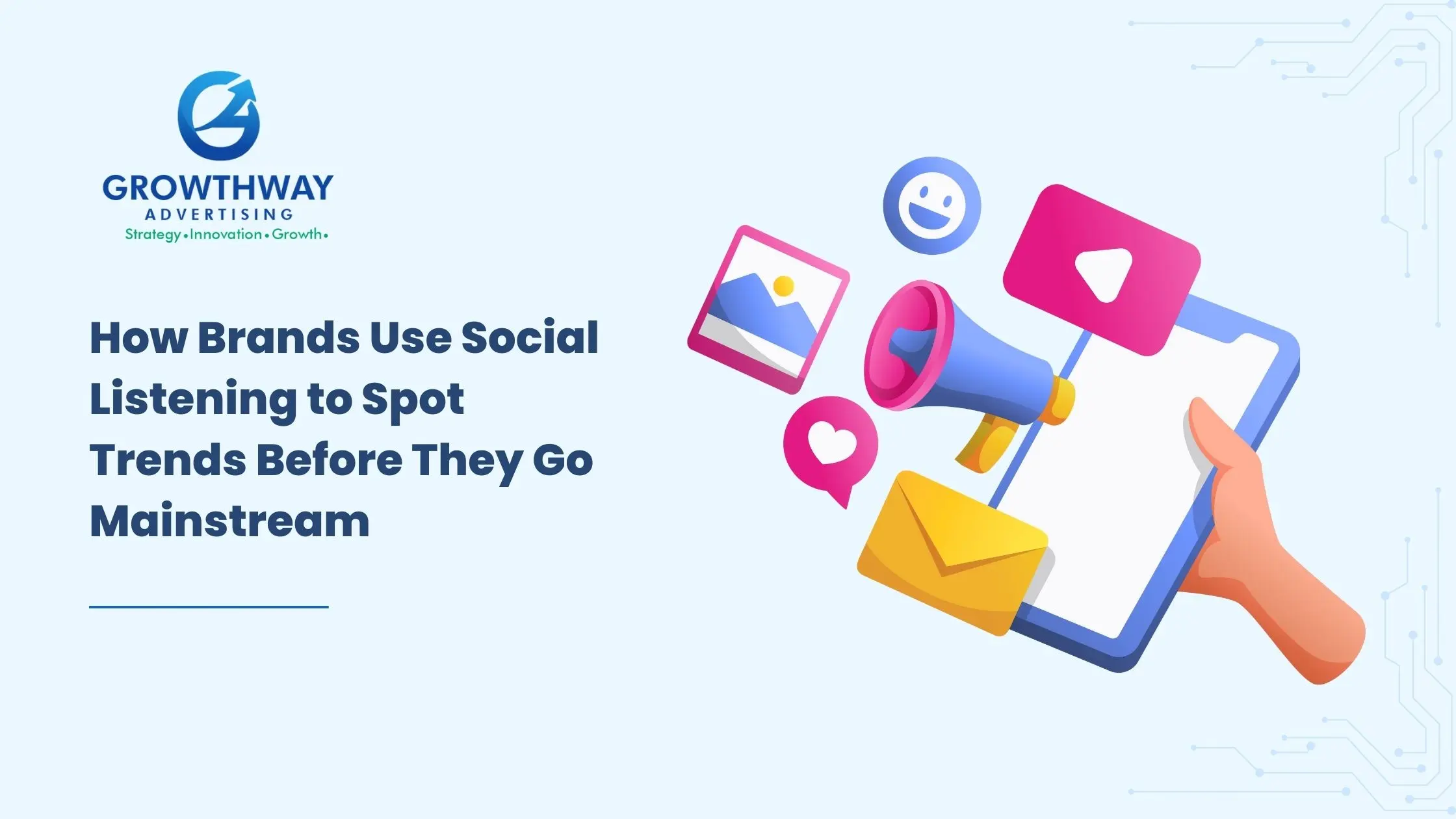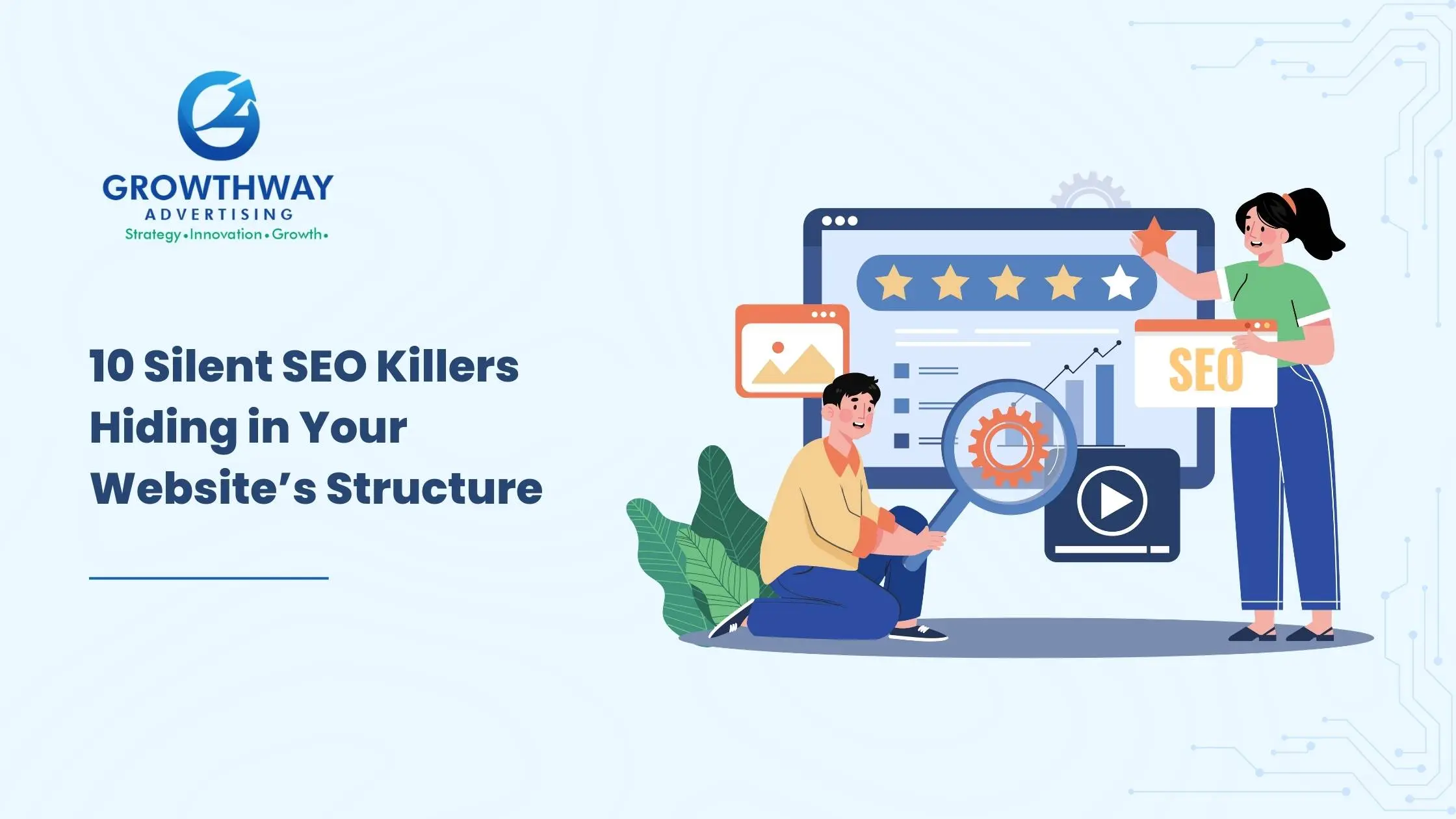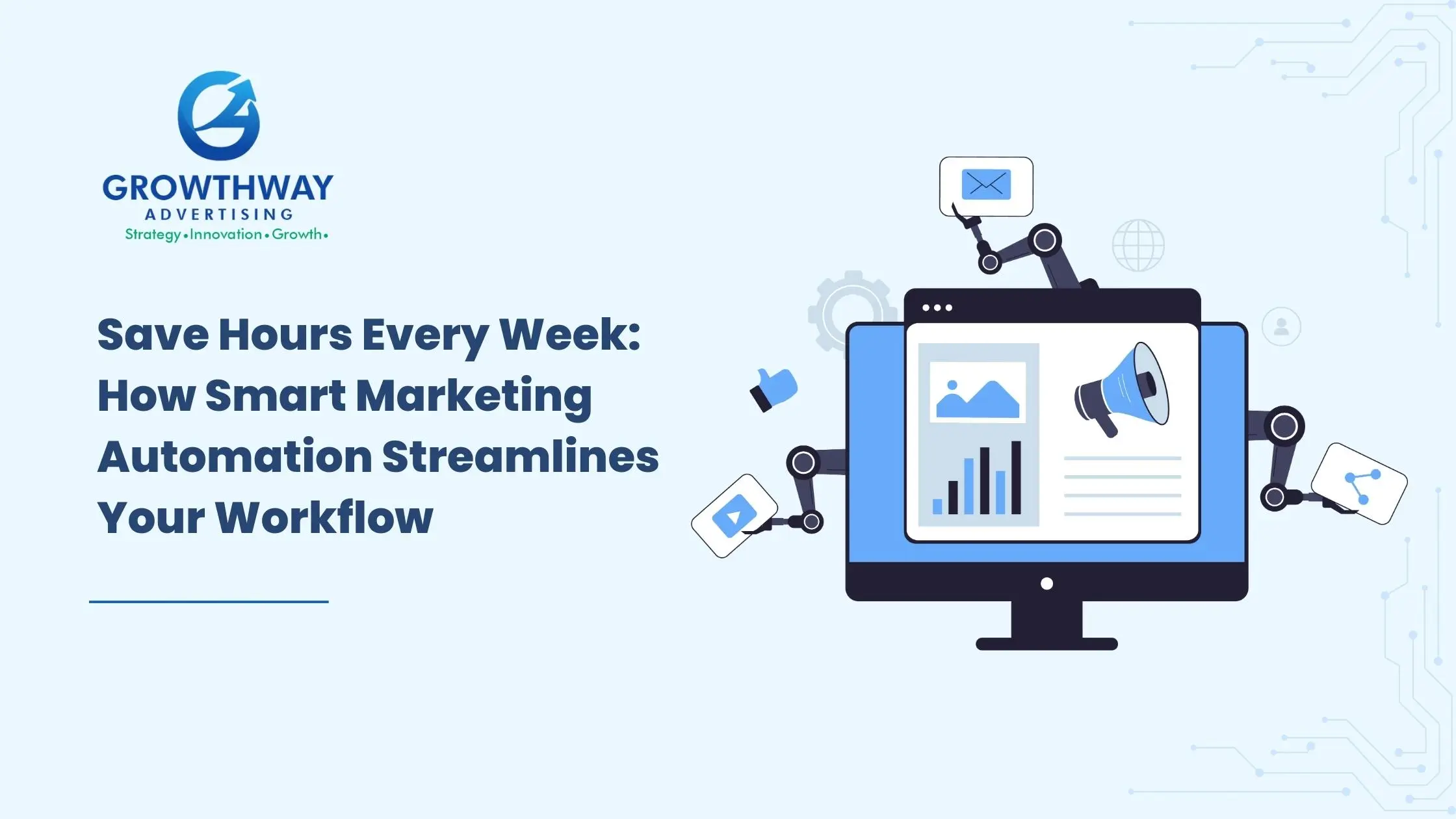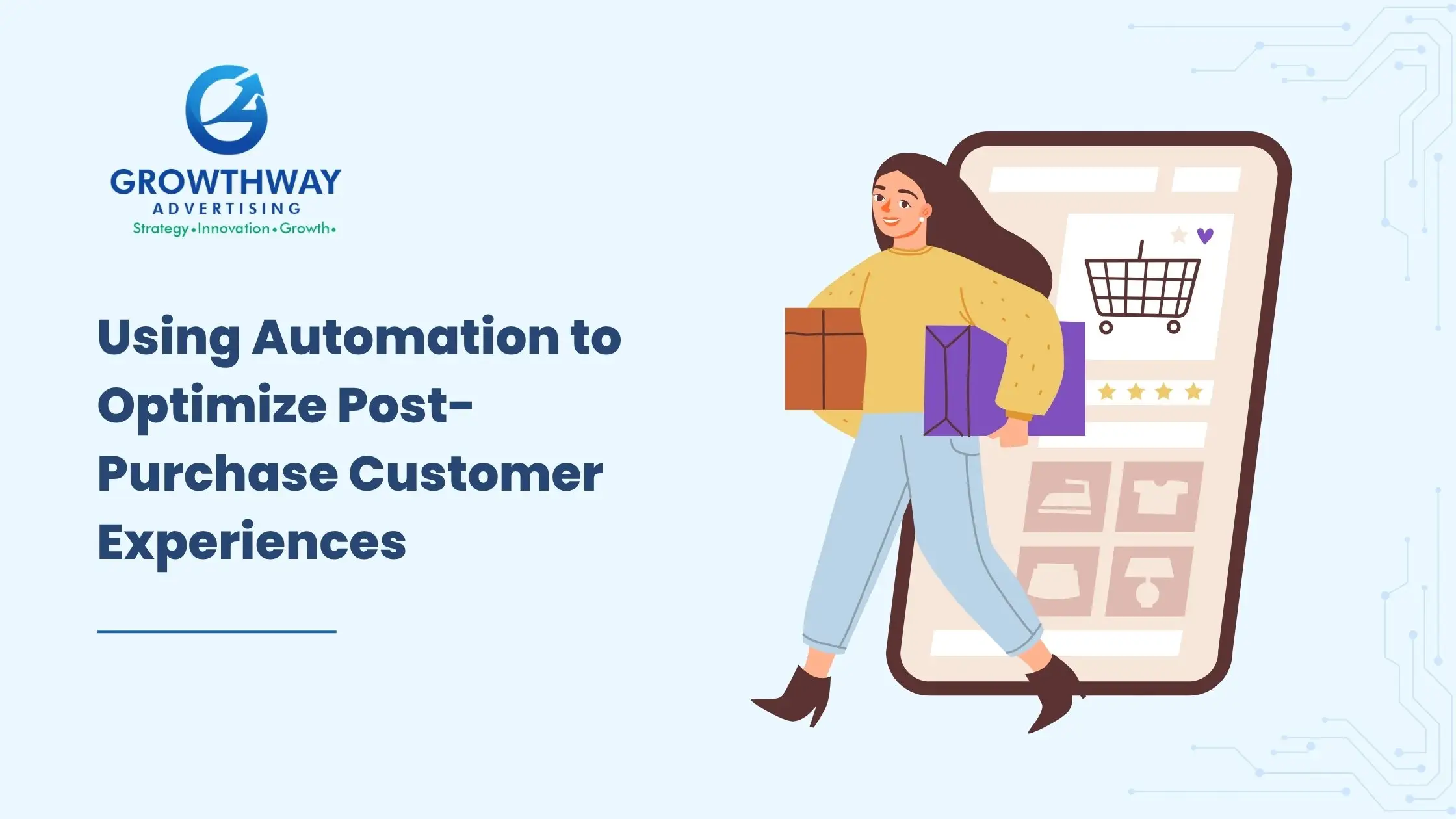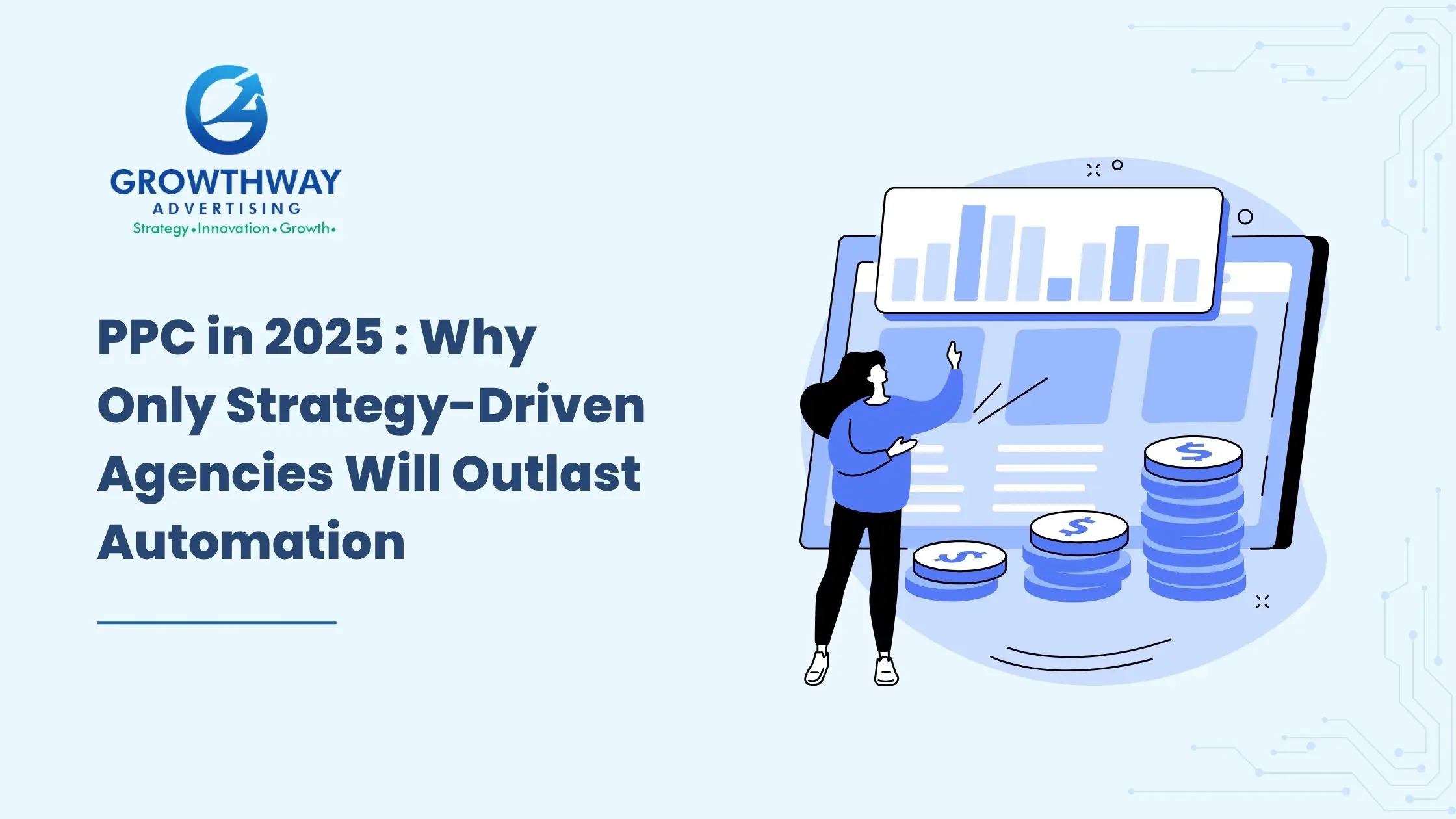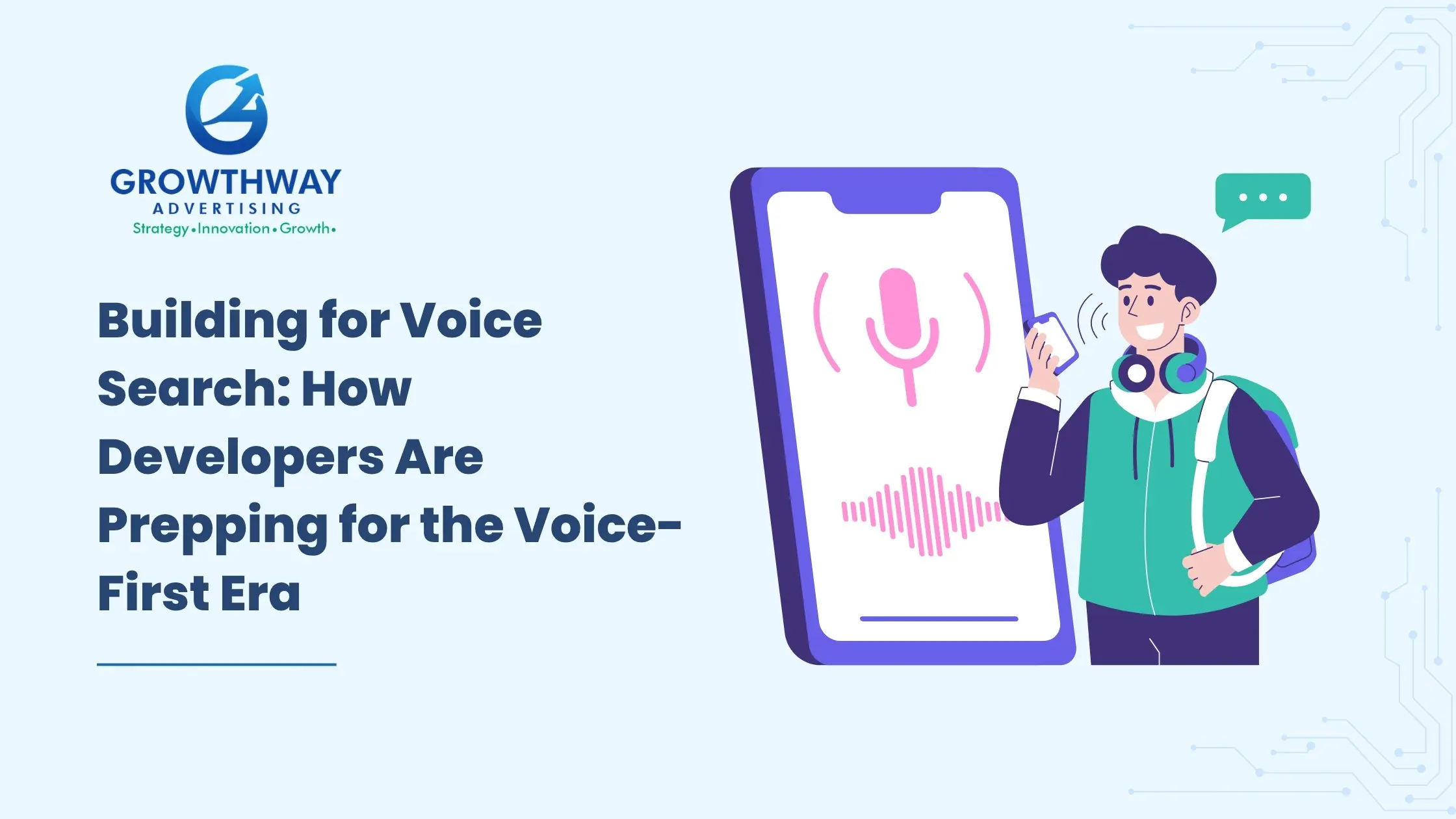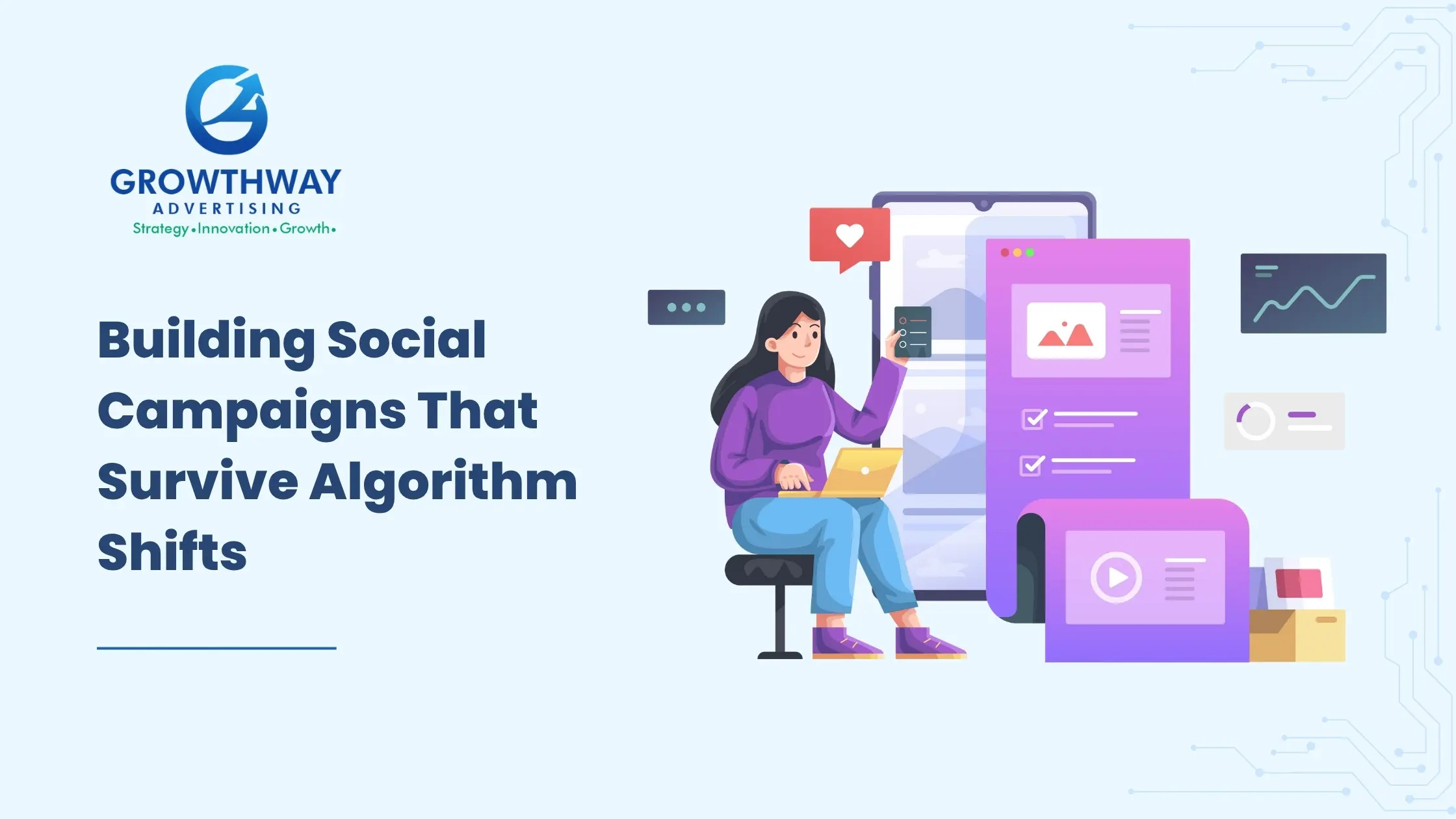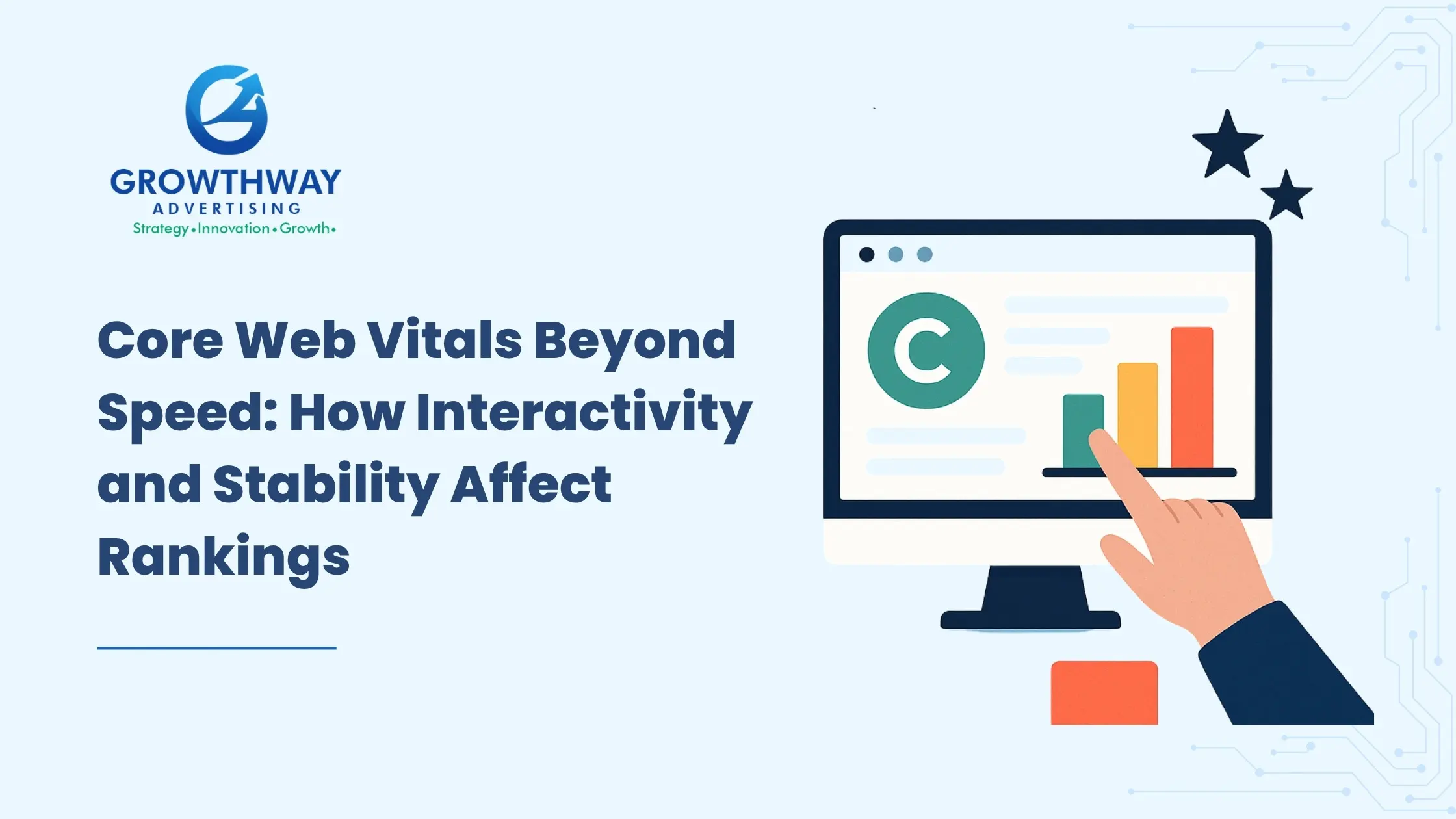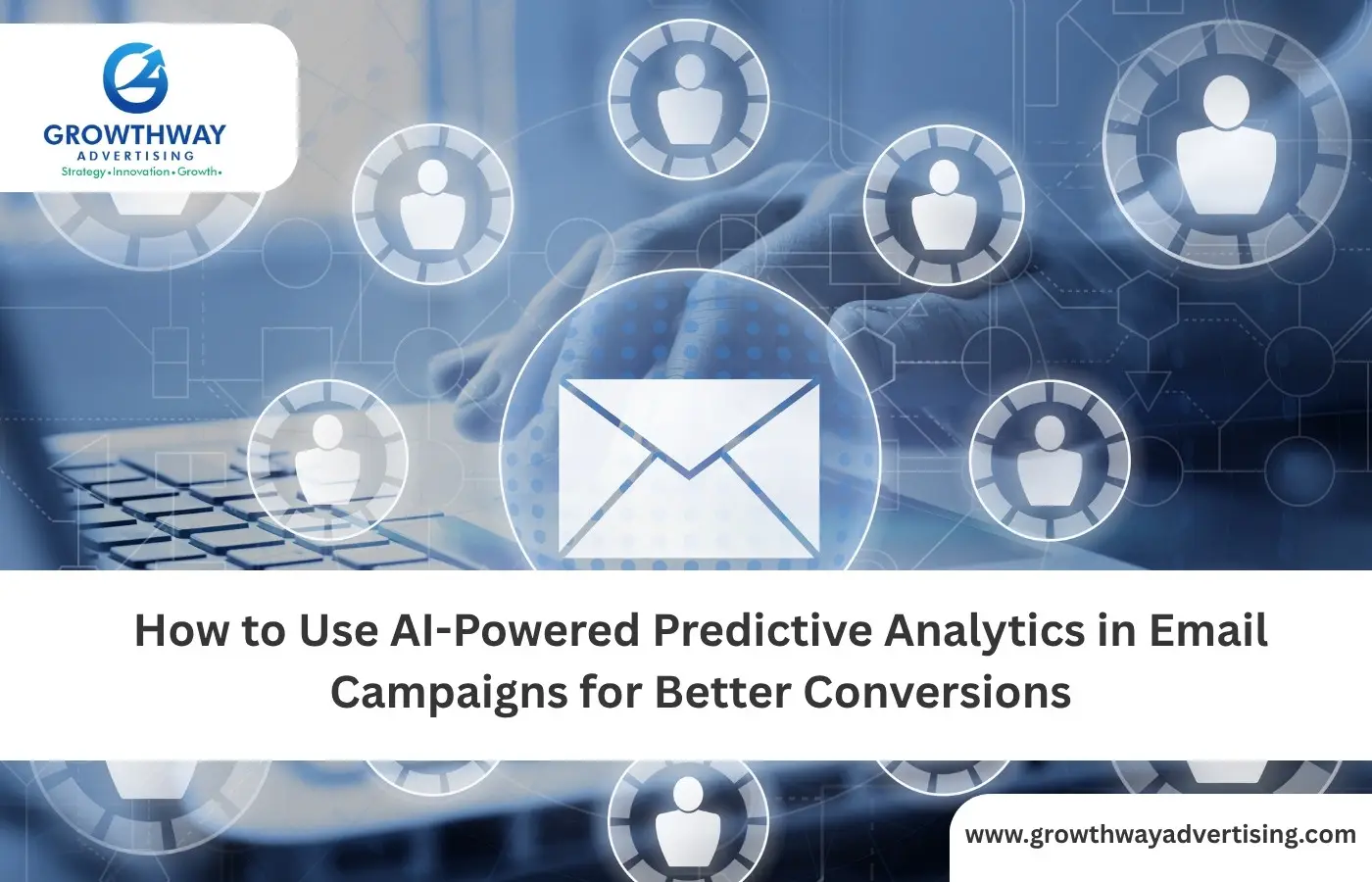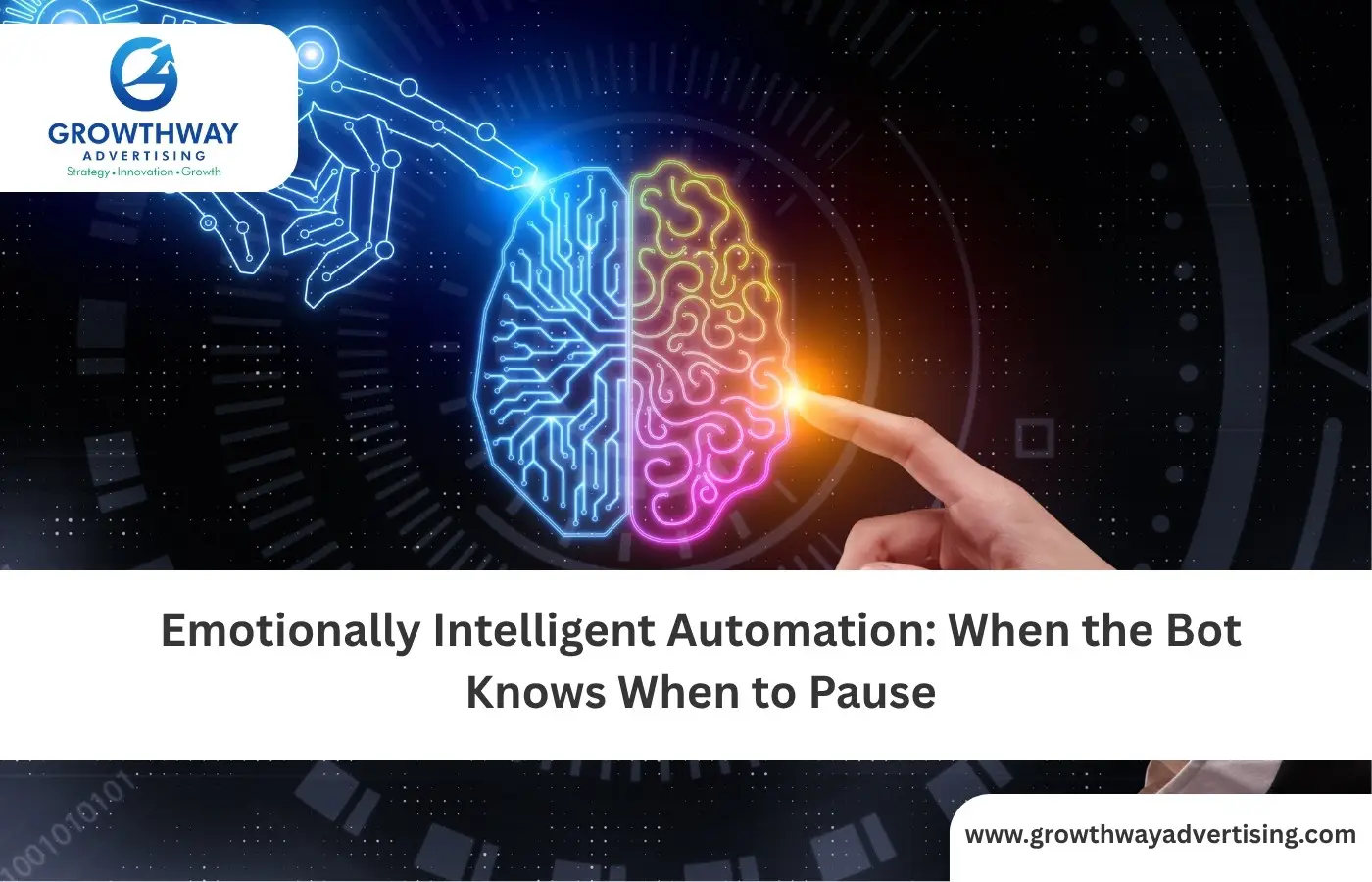In the age of hyper-personalized global marketing, brands are no longer asking if they should localize, they’re asking how fast and how scalable it can be. The answer lies in generative AI for marketing, which is rapidly transforming how teams build and deploy multilingual campaigns across platforms, languages, and funnel stages without burning through human hours or creative bandwidth.
This isn’t just about translation. It’s about AI-powered localization, multilingual content generation, and AI content personalization that adapts to cultural nuance, emotional tone, and platform-specific behavior. Let’s break down how generative AI is automating the entire AI workflow from ideation to deployment and where most strategies still leave performance on the table.
The Shift from Translation to Native Multilingual Creation
Traditional localization workflows rely heavily on human translators, regional copywriters, and manual QA. While accurate, they’re slow, expensive, and often disconnected from campaign velocity. Generative AI for marketing flips this model by generating native-language content from scratch, trained on billions of data points across languages, cultures, and industries.
Instead of translating English copy into Spanish or Hindi, AI models now generate original Spanish or Hindi copy based on the same intent, emotional tone, and platform context. This unlocks multilingual ad copy generation that feels native, not robotic boosting CTRs, engagement, and brand trust.
What’s Already Working: Covered Strategies That Drive Results
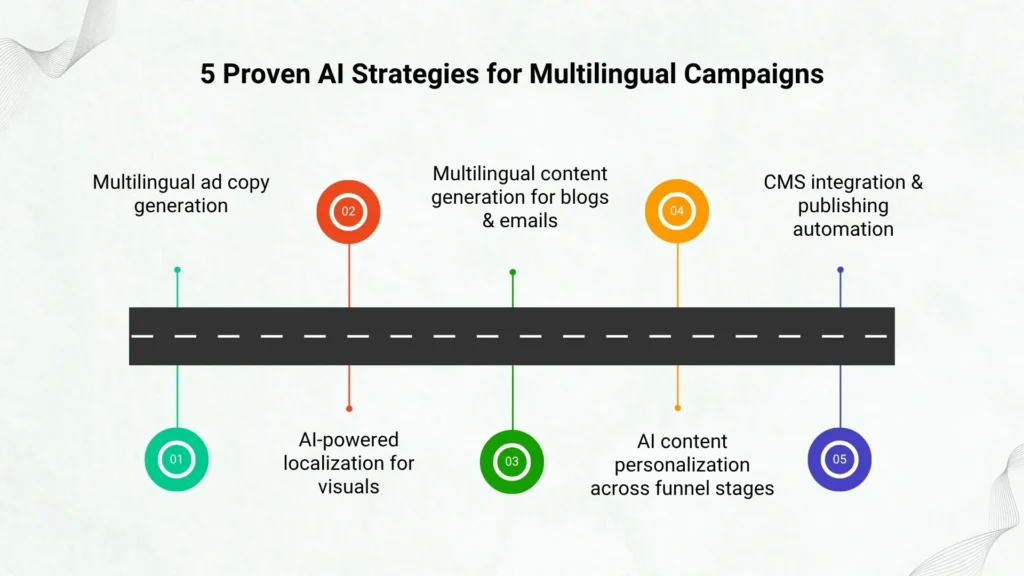
1. Multilingual Ad Copy Generation at Scale
Tools powered by automated marketing services now generate platform-specific ad copy in multiple languages, optimized for emotional resonance and conversion. Whether it’s Google Ads, Meta, or TikTok, AI can tailor tone, CTA, and structure for each locale.
2. AI-Powered Localization for Visual Assets
Beyond text, AI is now generating visuals that match cultural expectations: color palettes, imagery, and layout preferences vary by region. This ensures your multilingual campaign doesn’t just speak the language it looks the part.
3. Multilingual Content Generation for Blogs, Landing Pages, and Emails
From long-form articles to email sequences, AI can generate content in multiple languages with SEO optimization baked in. It understands local search intent, keyword density, and even real-time translation for dynamic content updates.
4. AI Content Personalization Across Funnel Stages
Generative AI can adapt messaging based on the funnel stage awareness, consideration, decision while maintaining linguistic and cultural relevance. This is where marketing automation services shine, enabling full-funnel multilingual personalization.
5. CMS Integration and Publishing Automation
AI-generated content can be pushed directly into CMS platforms like WordPress, Shopify, or HubSpot, reducing manual publishing time and errors. This is a game-changer for marketing automation companies managing global content calendars.
What’s Missing: Strategic Gaps That Still Need Solving
Despite these advances, most implementations still fall short in key areas. Here’s where your brand can leap ahead:
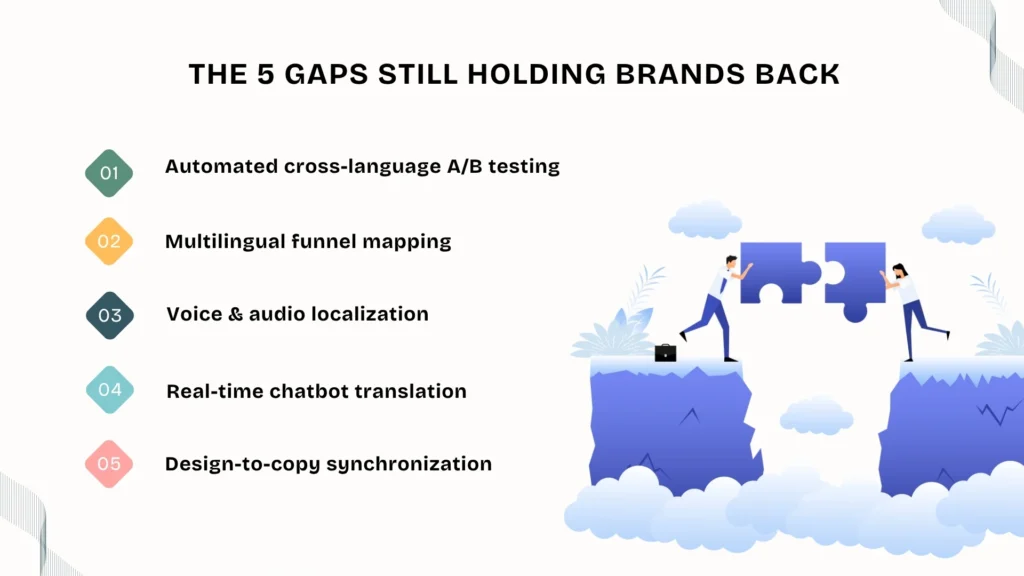
1. Cross-Language A/B Testing Automation
Most teams test English variants but skip multilingual A/B testing due to resource constraints. Generative AI can auto-generate multiple variants in each language, track performance, and optimize in real time without human intervention.
2. Multilingual Funnel Mapping
Few workflows map content across funnel stages and languages. AI can now generate awareness-stage blog intros in French, consideration-stage email sequences in Japanese, and decision-stage CTAs in Arabic all aligned to buyer journey logic.
3. Voice and Audio Localization
Text isn’t the only medium. AI can now generate multilingual voiceovers, audio ads, and speech synthesis for podcasts, reels, and radio. This opens up AI multilingual marketing for auditory-first platforms.
4. Real-Time Translation for Chatbots and Support
Generative AI enables real-time translation for multilingual chatbots, support tickets, and live chat reducing wait times and improving CSAT across regions. This is especially powerful for marketing automation consultation teams building global support flows.
5. Design-to-Copy Synchronization
Designers often struggle with copy length and layout shifts across languages. AI can now generate copy that fits predefined design templates, carousel layouts, infographics, hero sections without manual resizing or rewording.
Building the AI Workflow: From Brief to Deployment
Let’s walk through a sample ai workflow for a global product launch using automated marketing services:
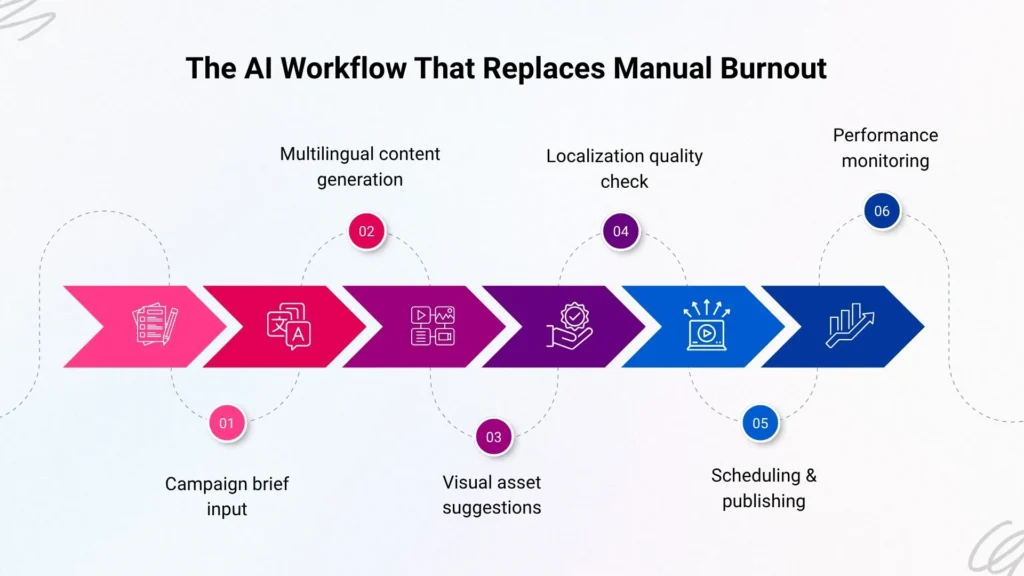
Step 1: Campaign Brief Input
You feed the AI a campaign brief: product name, target personas, funnel stage, emotional tone, and platform mix (e.g., Meta, Google, Email).
Step 2: Multilingual Content Generation
AI generates native-language copy for each platform, optimized for tone, length, and CTA. It also creates SEO-friendly blog intros, email subject lines, and ad headlines.
Step 3: Visual Asset Suggestions
AI recommends culturally relevant visuals colors, imagery, layout and syncs copy to design specs. This is where marketing automation companies can plug into Figma or Canva workflows.
Step 4: Localization QA
AI runs grammar, tone, and cultural checks across languages. It flags idioms, slang, or phrasing that may not resonate in certain regions.
Step 5: Publishing & Scheduling
Content is pushed into CMS, ad platforms, and email tools scheduled by timezone, audience segment, and funnel stage. This is fully automated via marketing automation services.
Step 6: Performance Monitoring & Optimization
AI tracks engagement, CTR, bounce rate, and conversion by language and platform. It auto-generates new variants for underperforming assets closing the loop on multilingual ad copy generation.
Why This Matters for Global Brands
The old model of hiring regional teams, briefing translators, and manually QA’ing every asset is unsustainable. It leads to burnout, bottlenecks, and inconsistent brand voice. With generative AI for marketing, brands can scale multilingual campaigns without scaling headcount.
You don’t need a 20-person localization team. You need a smart marketing automation company that understands how to build AI workflows that generate, test, and optimize content across languages automatically.
This is especially critical for B2B SaaS, eCommerce, and DTC brands expanding into APAC, LATAM, and EMEA. With ai multilingual marketing, you can launch in 10 languages in 10 days with consistent tone, design, and performance.
The Role of Marketing Automation Consultation
If you’re not sure where to start, a marketing automation consultation can help you audit your current workflows, identify automation gaps, and implement AI-powered systems that reduce manual effort.
Whether it’s syncing your CRM with multilingual email sequences, deploying chatbots with real-time translation, or building a content calendar that spans five continents, the right consultation can unlock exponential efficiency.
Final Thought: AI Is Not Just a Tool, It’s a Workflow Engine
The future of multilingual content generation isn’t about replacing humans, it’s about freeing them. Let AI handle the repetitive, scalable, and language-specific tasks so your team can focus on strategy, creativity, and innovation.
With the right automated marketing services, you can build campaigns that speak 20 languages, run on 10 platforms, and adapt in real time without burning out your team or blowing up your budget.
FAQ’s
Generative AI in multilingual marketing refers to using AI models to create native-language content, ad copy, and assets tailored to different regions, without relying on manual translation.
It automates repetitive tasks like copywriting, localization, A/B testing, and publishing freeing up teams to focus on strategy and creative direction.
Yes, it uses training data across languages and cultures to produce emotionally resonant, platform-specific multilingual ad copy generation.
Through AI content personalization, generative AI adapts messaging for awareness, consideration, and decision stages customized per language and persona.
Most marketing automation services integrate with CMS platforms like WordPress, Shopify, HubSpot, and ad platforms like Google and Meta.
Begin with a marketing automation consultation to audit your current systems, identify gaps, and implement scalable ai workflow solutions.

